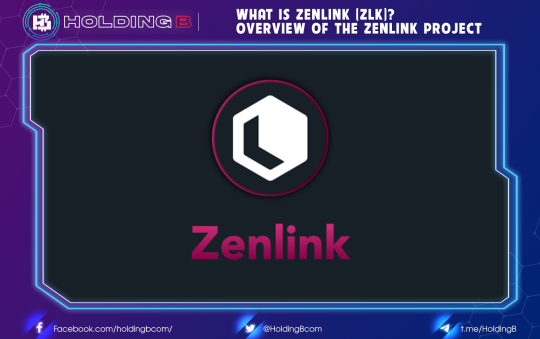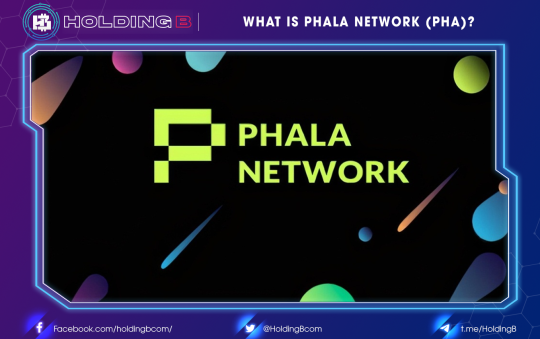What exactly is Defi?
DeFi stands for decentralized finance, and it refers to digital assets, smart financial contracts, protocols, and decentralized applications (DApps) built on the Ethereum platform.
It is a network of networks, products, and applications that improve the traditional financial system by replacing financial intermediaries and intermediaries with automated code known as a smart contract.
Some benefits of Defi
- DeFi does away with the need for intermediaries to keep assets (usually digital tokens) safe.
- These smart contracts are completely transparent on the blockchain, allowing anyone to inspect them. Transparency but transactions conducted under a pseudonym, i.e. not directly linked to real-life identities
- Permissionless allows anyone to create DeFi apps, regardless of who uses them.
- User experience that is adaptable: Smart contracts are similar to an open API on which anyone can build apps, so you can use a third-party interface or create your own if you prefer.
Current Defi’s limitations (Defi 1.0)
Scalability: Confirmation of transactions takes a long time, and transactions are extremely expensive during periods of high congestion. Ethereum, for example, is at maximum capacity, processing around 13 transactions per second, whereas centralized counterparts can process thousands upon thousands.
Liquidity: One of the most important factors for projects based on DeFi tokens and blockchain protocols is liquidity. As of October 2020, the total value locked in DeFi was over $12.5 billion. When compared to traditional financial systems, this is a significant decrease.
Centralization: DeFi would be meaningless without the word De; while DeFi aims to decentralize things, many projects still have rights that belong to a small group of people (still centralized). For example, it’s a DeFi project called “Sushiswap“. On September 5, 2020, Sushiswap’s anonymous founder transferred all of his Sushi tokens to ETH.
Security: Smart contracts are a crucial aspect of DeFi because they take the place of traditional centralized financial institutions. Smart contracts, on the other hand, are just code, and any flaw in the code could result in a loss of funds. Hackers, on the other hand, are constantly looking for ways to compromise the DeFi ecosystem by exploiting any dApp or user.
Oracle Attack: Although DeFi is heavily reliant on Oracle, many projects still misunderstand and undervalue the work involved in integrating Oracle. As a result, the project was severely harmed by the companies involved.
Capital efficiency: DeFi has helped users use capital more efficiently as a result of many technological disruptions, but there are still a large number of assets that are not available at this time. Many new DeFi functions are open to development.
What is Defi 2.0?
In essence, and as with any iteration of technology (not just blockchain), DeFi 2.0 is a movement focused on improving on the shortcomings of its predecessor, and the key difference between DeFi 1.0 and DeFi 1.0 is DeFi 2.0 focuses on liquidity, scalability, security, and centralization.
Now let’s see how Defi 2.0 has improved on Defi 1.0!
Scalability
Interacting with the Ethereum network is a major obstacle for DeFi users due to high gas prices and long wait times. On the other hand, DeFi offers many opportunities, which makes it quite attractive. Thus, the question arises: how can users experience DeFi without having to deal with Ethereum’s scaling issues?
We can see money flowing into BSC, Polygon, and Solana, which are some of the blockchains that can deliver what users demand most. The next market wave could be triggered by solutions to the scalability problem.
Liquidity
The simplest solution to the liquidity problem or to attract more users and capital into the DeFi market is to help them make a profit. Third-party liquidity providers on the AMM protocols have provided a partial solution to the liquidity problem, allowing any independent individual with sufficient funds to provide liquidity for a pair of tokens.
You can understand it like this: a user provides liquidity to an exchange pair through the AMM protocol, receives LP tokens for exchange, and then stakes LP tokens to receive profits from the project root token.
In fact, x10 x100 projects, farms with an APY of up to tens of thousands, and huge airdrops worth thousands to tens of thousands of dollars.
Centralized DAOs
In addition to people coming to DeFi to make money, they also come to DeFi to pursue independence. However, one group still controls a large number of DeFi protocols, causing DeFi users to lose confidence.
To solve this problem, DeFi projects tend to prioritize the decentralized aspect. The DAO, which allows anyone to vote on a project’s development, has grown in popularity in recent years.
Effective use of capital
The current major issue with DeFi is that most of those assets, such as AMM, Lending, Aggregators, and so on, are simply sitting idle.
From the related issues, the project has started to develop the right product. And there have been successful first names such as Olympus DAO (OHM) or Abracadabra (SPELL)…
We can see that the projects have focused on improving capital efficiency. Let’s see a few examples:
Uniswap V3 takes a different approach and allows for centralized liquidity. This gives LPs more control over how they provide on-chain liquidity, allowing them to allocate their assets closer to the average price and capture more transaction fees with less capital.
Using Hashflow, traders can receive quotes directly from MM and broadcast trades on-chain using Web 3.0 wallets. By replacing AMM bonding curves with professional MMs, Hashflow offers traders better rates, zero slippage, and lower gas costs than any DEX on Ethereum.
There is a mechanism to swap LP tokens for bonds (bonds), which reduces farm discharge and creates a sustainable source of liquidity. Bonding here means that a user can sell his or her property to Olympus in exchange for OHM at a discounted price, usually paid over several years.
Although these projects all use different mechanisms, their ultimate goal is the same: to improve capital utilization.
Defi 2.0 potential in the future
Since mid-2019, DeFi solutions have emerged as alternatives to the traditional banking ecosystem. Many of DeFi’s solutions are novel and can offer higher returns than the centralized financial market. However, along with the advantages, there are also disadvantages, and as the demand for DeFi is constantly growing, the sector must look for more innovative and sustainable ways to retain its growing audience. This is why DeFi 2.0 is a welcome idea.
Suffice to say, DeFi 2.0 holds the necessary conditions for compliance with regulatory standards while maintaining autonomy. This certainly gives DeFi 2.0 the prospect of being adopted by governments.
For example, most Middle East and North African (MENA) governments have different views on cryptocurrencies. It is worth noting that crypto, blockchain, and DeFi are currently green in the MENA region, even though most DeFi 1.0 projects were initially not accepted in the MENA region. This is why many DeFi projects and trading services have emerged from the MENA region, including ZPAYae, BITOasis, HAYVN, Drife, and Tranche Finance.
DeFi 2.0 projects, with the ability to solve the problems currently facing DeFi, will increase its adoption rate globally.
Although the number of projects with effective products is small, the success of projects such as OHM, SPELL,… will be considered as the driving force to promote the wave of DeFi 2.0, helping to optimize the efficient use of user capital.
See ya in the next article !
Don’t forget to follow useful articles about Crypto Market from team Holding B !!!
- Telegram Channel: https://t.me/HoldingBcom
- Telegram Group: https://t.me/HoldingB
- Website: https://holdingb.com/
- Twitter: https://twitter.com/HoldingBcom
- Facebook: https://www.facebook.com/holdingbcom





